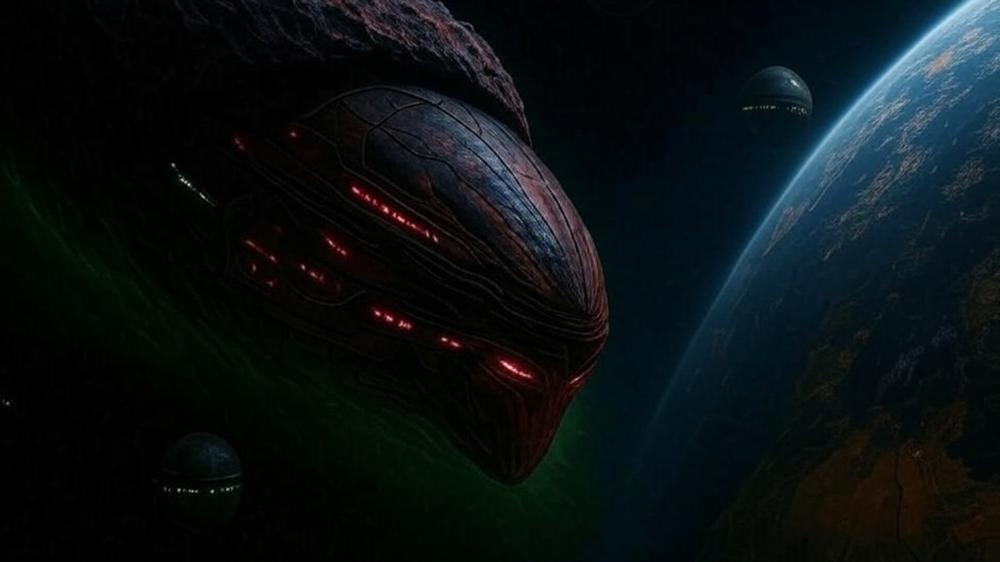A UN-endorsed group focused on planetary defense against near-Earth objects has officially locked onto 3I/ATLAS as the mysterious interstellar visitor continues to fuel theories of alien technology.
The International Asteroid Warning Network (IAWN) announced on October 21 that it will begin a dedicated monitoring campaign on 3I/ATLAS, marking the first time an interstellar object has ever been targeted by the network.
The campaign, which runs from November 27, 2025 through January 27, 2026, aims to sharpen Earth’s ability to track fast-moving, unpredictable deep-space objects.
Officials with the IAWN acknowledged that 3I/ATLAS is creating “unique challenges” for trajectory forecasts, prompting its inclusion in the Comet Astrometry Campaign.
The object has also shown several anomalies not normally seen in comets, including an “anti-tail,” a stream of particles that points toward the Sun instead of away from it.
“Comets present unique challenges for accurate astrometric measurements and orbit predictions,” the group said. “The campaign will target comet 3I/ATLAS (C/2025 N1) to exercise the capability of the observing community to extract accurate astrometry.”
Why 3I/ATLAS is sparking alien mothership fears
3I/ATLAS is only the third confirmed interstellar object to visit our solar system. Unlike typical comets, it emits a strange glow, rotates rapidly, and may even shine with its own light.
NASA insists it’s just a comet, but Avi Loeb, the Harvard University astrophysicist known for his controversial takes on alien visitors, estimates there’s a 40% chance it could be artificial technology.
Loeb and Rep. Anna Paulina Luna have warned the UN that if 3I/ATLAS is indeed a mothership, it could release mini-probes to surveil Earth.
Speaking with Dexerto, Loeb cautioned that humanity has no playbook if extraterrestrial tech arrives.
“As far as I know, there are no protocols for responding to the discovery of functioning alien devices near Earth. A visitor in our backyard requires immediate attention because it could enter through the front door and pose an imminent threat,” Loeb said.
NASA already has protocols to deal with Earth-bound asteroids and has even floated nuclear options for a city-killer scenario. But Loeb argues alien technology would be far less predictable, and far more dangerous.
Loeb points to October 29, 2025 as a crucial date. That’s when 3I/ATLAS will reach perihelion, its closest point to the Sun, and the most likely moment to reveal any maneuvering. At that time, we could know for sure whether it’s a mothership or, as NASA says, just a comet.
“The clearest technological signature would be a maneuver or the release of mini-probes near perihelion,” Loeb explained in a blog post. “If 3I/ATLAS is a massive mothership, it will likely continue along its original gravitational path and ultimately exit the Solar system, while releasing mini-probes.”
Growing alien buzz
The interstellar mystery is unfolding as other potential extraterrestrial stories make waves. NASA recently unveiled its strongest evidence yet of possible ancient alien life on Mars.
Meanwhile, Dr. Max Rempel claims to have found “non-human” DNA in people who say they were abducted, though the research has not been peer-reviewed.
Whether 3I/ATLAS is just a rock or something more, IAWN’s involvement underscores how seriously the world is taking this object.
For Loeb and others, the time for debate is running out. If Earth ever faces real alien technology, the planet will need more than just telescopes – it will need a plan.

 PUBG maker Krafton is turning into an ‘AI first’ developer
PUBG maker Krafton is turning into an ‘AI first’ developer